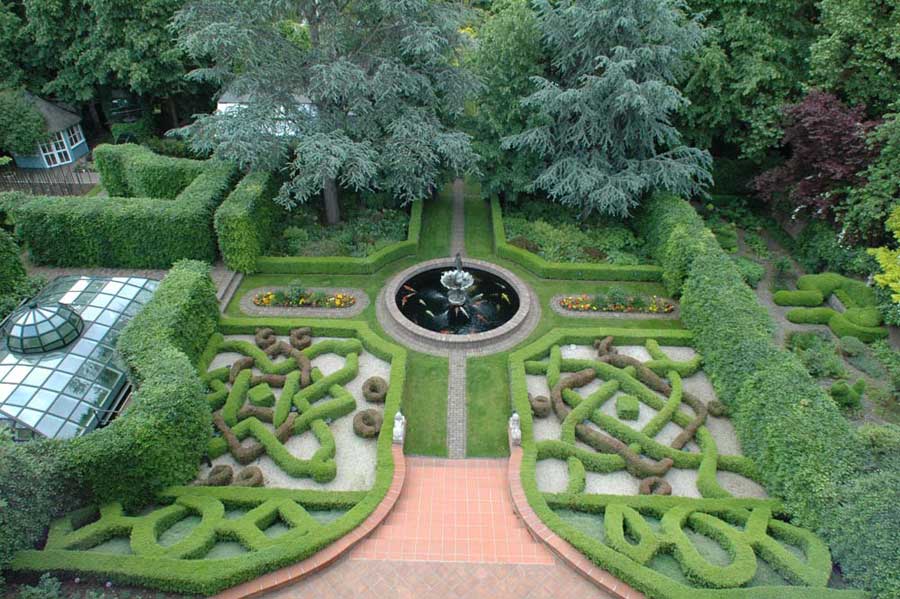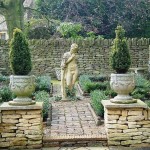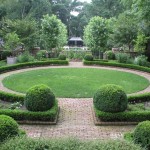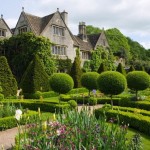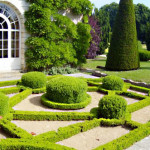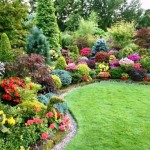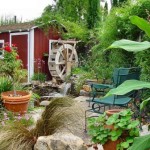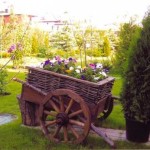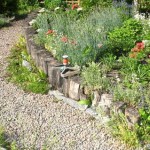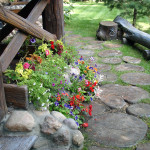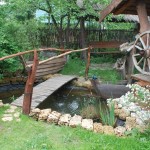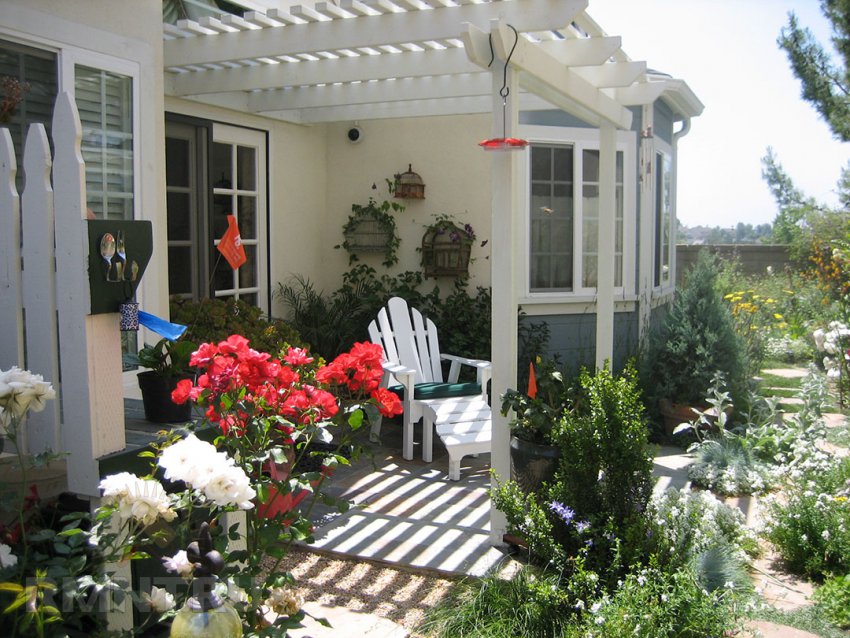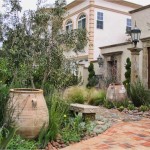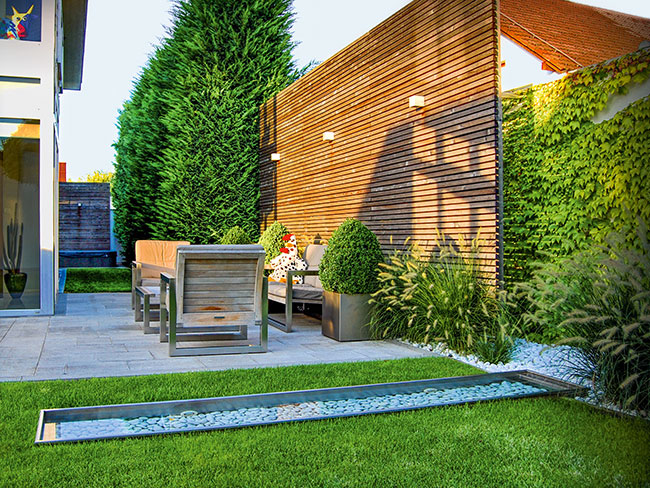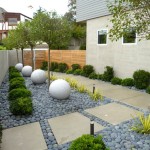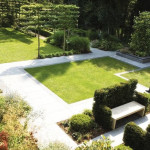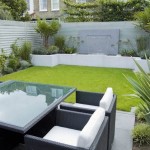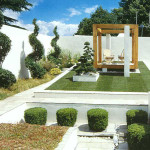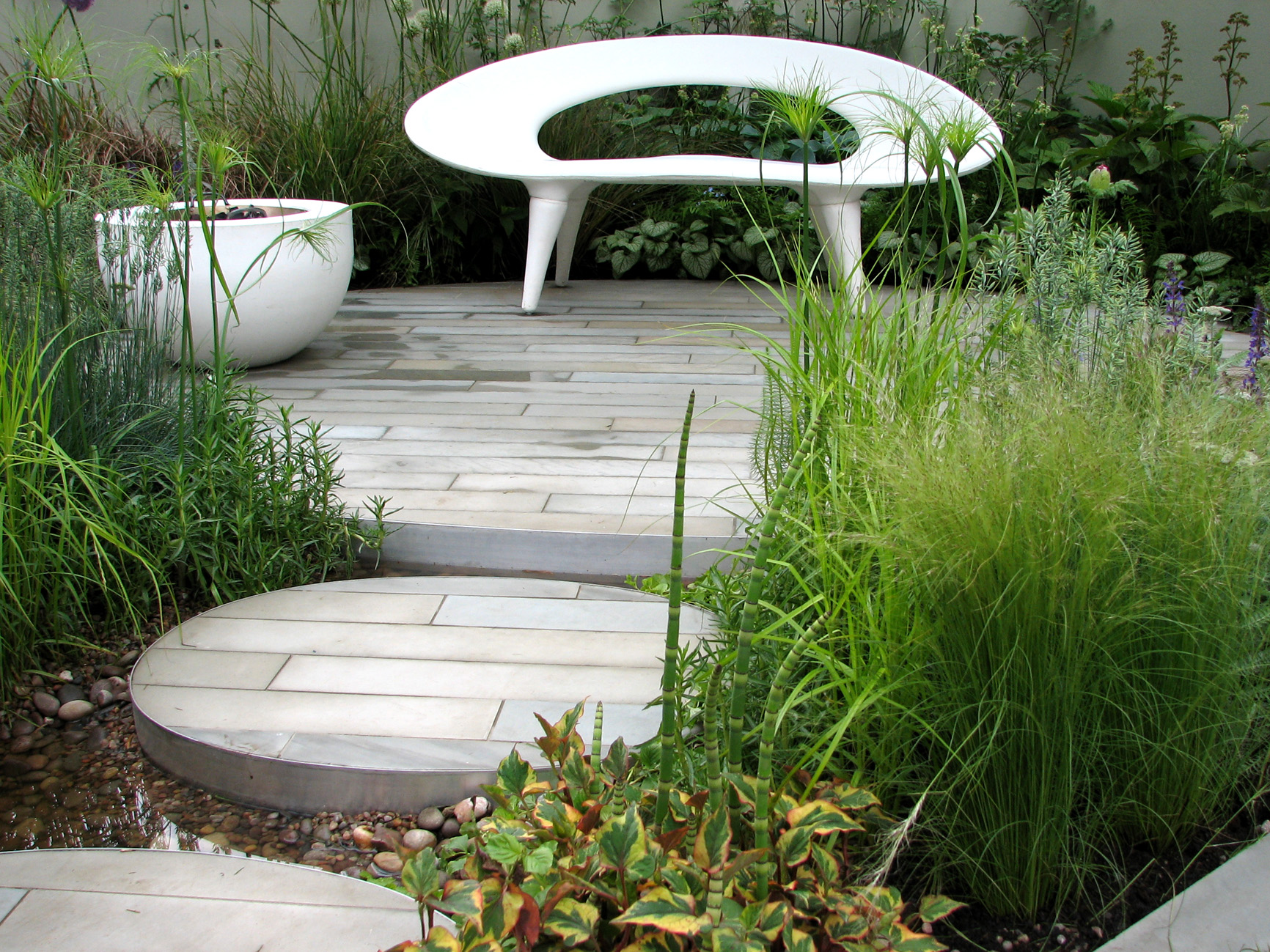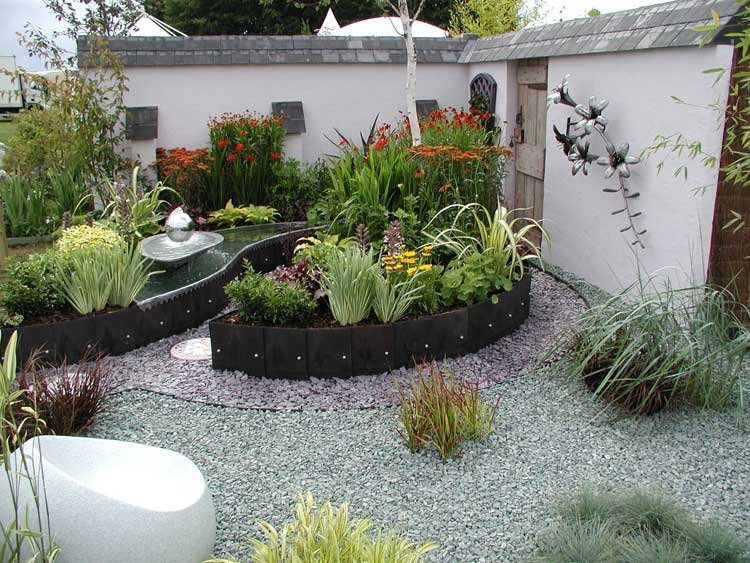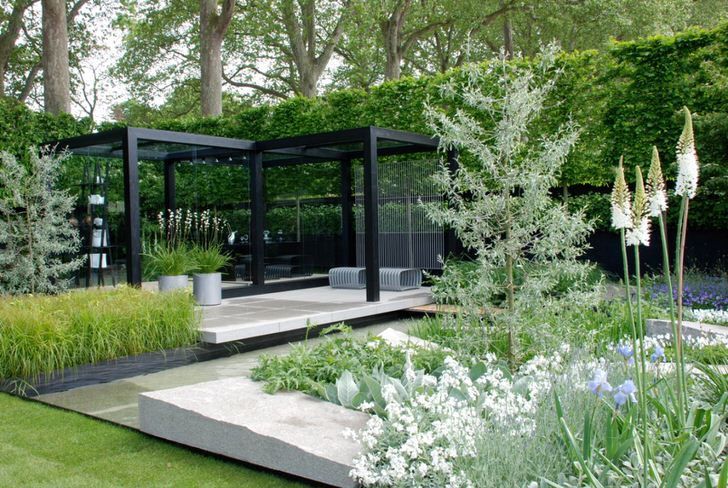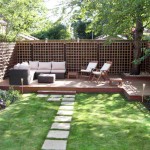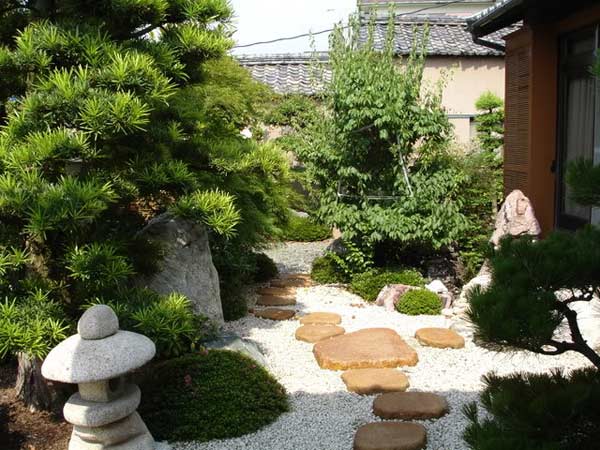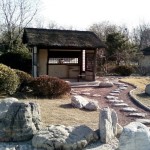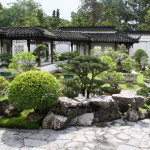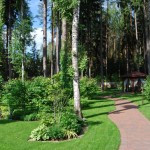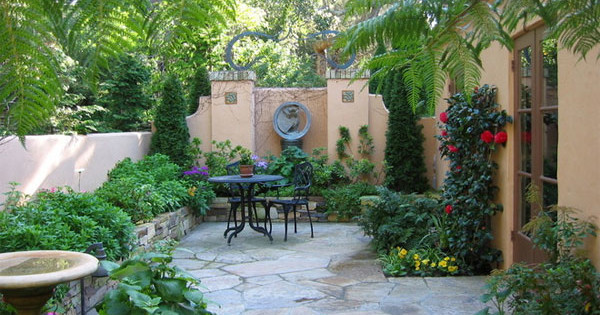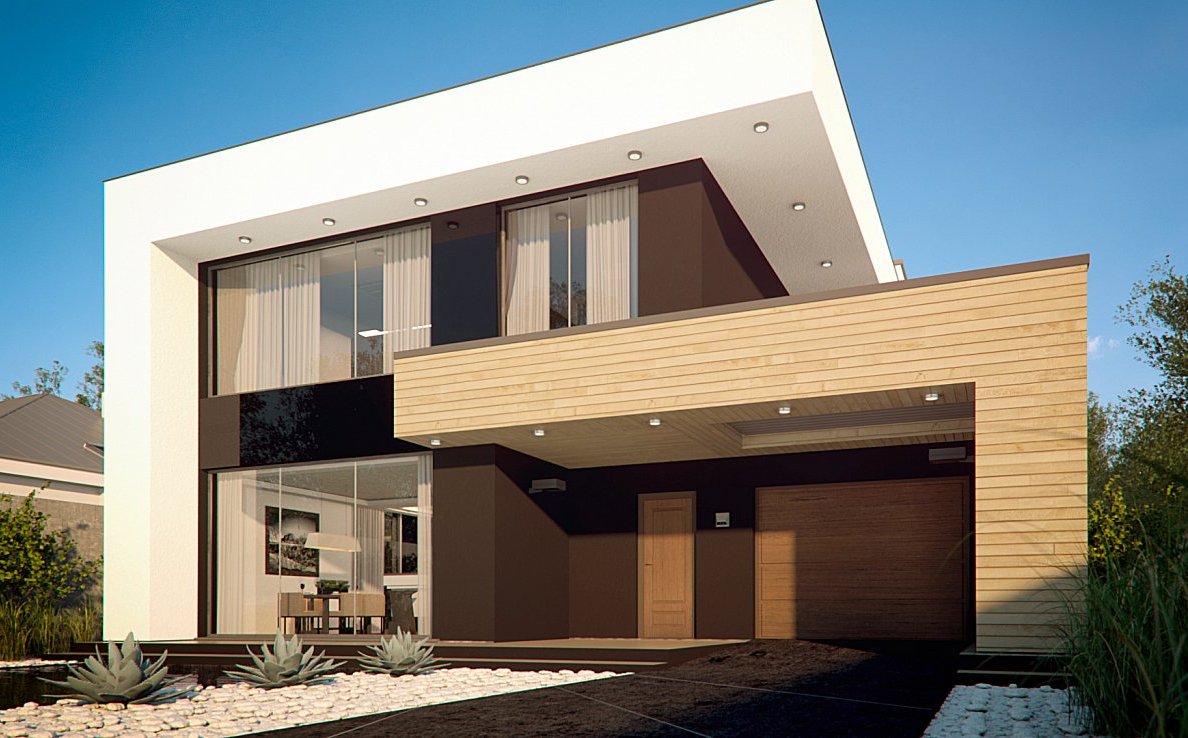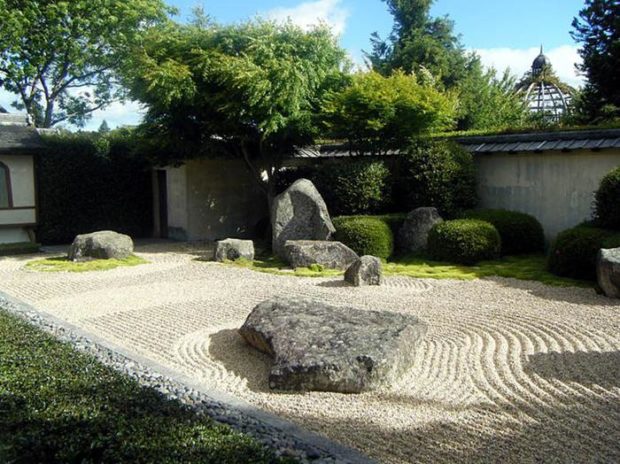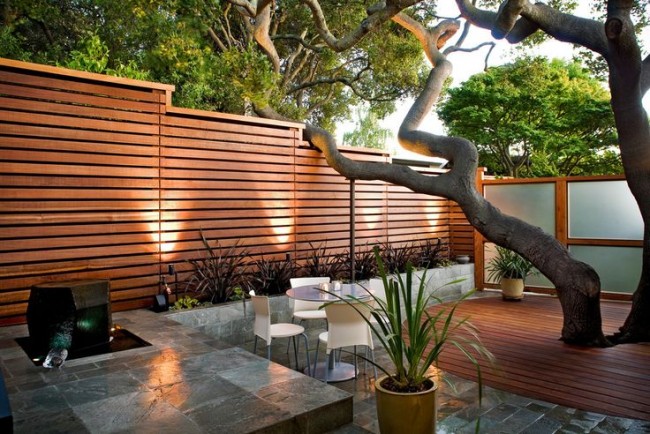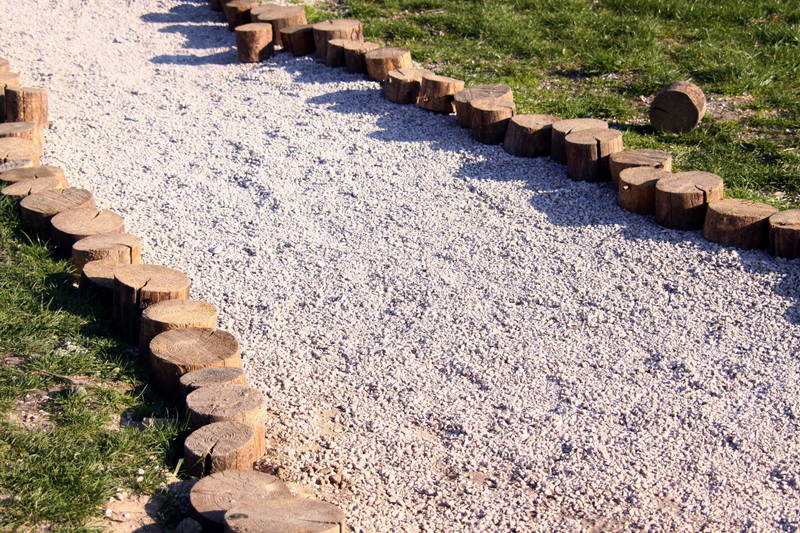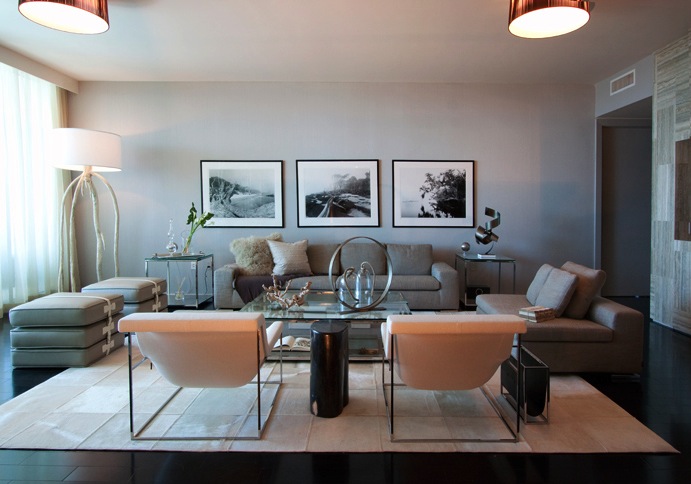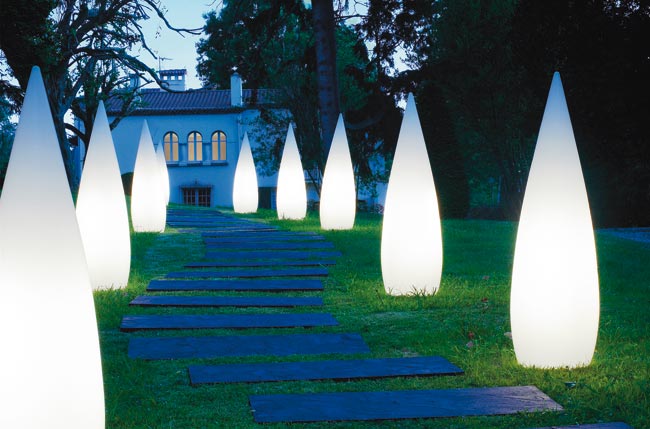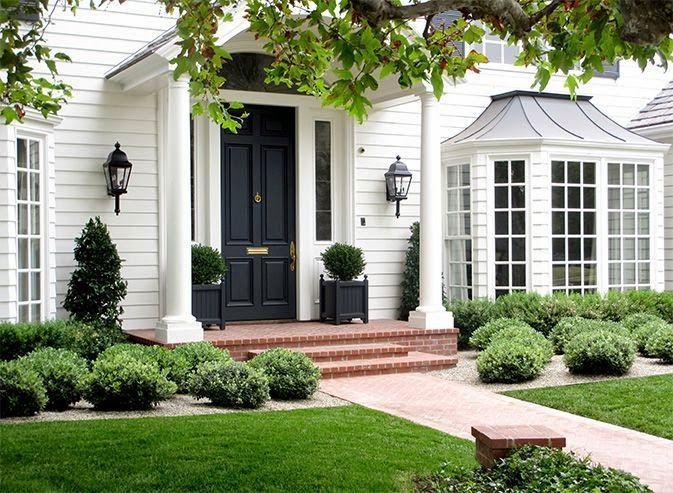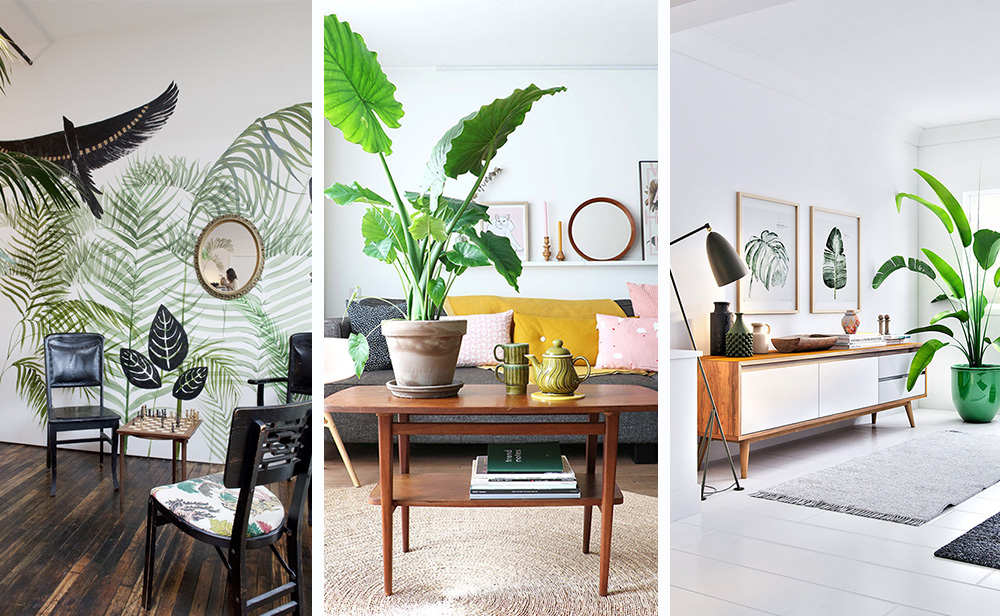10 styles of landscape design and their characteristic features + photo
Replacing vegetable plantations with flower beds, alpine hills, rockeries, lawns or streams - this does not mean to create a harmonious landscape design of the site. It happens that a lot of effort and money has been invested in the arrangement of the territory, but the garden looks still not the way we would like. In order not to encounter such disappointment, it is better to decide on the style and its main characteristics in advance. From the many options you need to choose the one that best reflects your worldview. It is necessary to take into account the relief and climatic features of the territory. Each style of landscape design has its own requirements for the forms of alleys, flower beds, the type of plants, the shape of the reservoir, the materials and accessories used. Let us dwell on the most popular.
No. 1. Classic style (regular, French)
The classic style of landscape design is strict symmetry, clear and geometrically correct shapes in the layout of the site, impeccably trimmed shrubs and trees. There is no place for the naturalness of wildlife - demonstrative artificiality comes first.
Main features:
- direct alleys, strict forms of flower beds, trees and ponds. Fountains or other bodies of water are located in the center of the plot or in the middle of some composition, arbors are placed at the intersection garden paths;
- suitable for large areas (an area of more than 15 acres);
- any colors can be used, but the shades should be soft. All natural materials are used, including stone and wood;
- preference is given to topiary plants. You can plant linden, spherical thuja, pyramidal poplar, maple, pyramidal juniper, as well as girl's grapes, lilac, spirea, jasmine. Of the flowers suitable roses, begonias, phlox and salvia. If you want to create a fruit garden on the site, then it is better to plant trees in the form of an alley;
- pergolas should be round, can imitate the ancient Greek portico, you can use cast or wooden pergolas, forged benches. As decoration antique sculptures, stone balls, classic fit the columns, arches, Greek flowerpots on the leg.

No. 2. English style (landscape)
Style assumes complete naturalness and lack of strict forms, rejection of geometrically correct figures and complete merger with the surrounding nature. It recreates the atmosphere of noble estates of the XIX century, saturated with romance. Style suggests reasonable interference with nature and accounting for regional vegetation - the work of human hands on site improvement should not stand out, as is the case with the regular style.
Main features:
- meandering track, bodies of natural form, apparent lack of orderliness. However, a site in the English style will require the same constant and thorough care, like any other, and lawn, an essential element of style, should always be trimmed and maintained in a neat manner;
- landscape style can be fully recreated for quite spacious areas, area not less than 12 acres. Owners of more modest territories will be able to equip only some part of their site in the English style;
- the predominant color is green in all shades, silver;
- other than lawn, often used vertical gardening, and part of the fence or house facade can be twined with vines. English style plots literally immersed in flowers, you can use mallow, roses, pansies, as well as tulips, crocuses and daffodils. It is advisable to plant flowers in groups and make magnificent compositions. Be sure to use juniper, thuja or boxwood, decorative willow, elderberry, jasmine are also suitable;
- tracks are made only from natural materials: stone, tree cuts. The site will be decorated with a small pond with water lilies or lilies, a bridge across the pond, benches from natural materials, as well as arbors, arches and gratings, entwined with plants, ancient objects.

No. 3. Rustic style (country)
Country style today is one of the most popular in the arrangement of suburban areas, and deserved wide distribution due to simplicity of creation, naturalness and ease. The rustic style is the absence of strict lines, and strict rules in the arrangement, complete freedom of creativity. The main thing is that in the end you get a cozy area reminiscent of rural life.
Main features:
- the possibility of arrangement on the site any area. The main requirement is that the created landscape should be pleasing to the eye and uplifting, be suitable both for relaxation and for gardening;
- bright colors and natural materials: wood, stone, gravel, metal, timber, liningvine;
- for landscaping they use fruit trees (apple, cherry, plum), climbing, bright and medicinal plants (mint, thyme, marigold, thyme), as well as various shrubs (hawthorn, viburnum, bird cherry, lilac). It is advisable to select plants that require minimal care;
- decorate plot decorative wells, hedge or wicker fence, wooden or metal benches, cartwheel, inverted clay pots, old tubs, wooden barrels, logs, birdhouses, original flower beds, handmade accessories. Pets and birds are welcome;
- if the site will water, then it should be as natural as possible. For example, a reed-covered pond or a small wall fountain.

Number 4. Mediterranean style
Gardens of southern countries captivate with their beauty, a combination of citrus and coniferous plants, and picturesque ponds. Subtropical vegetation can be used only in the southernmost regions of the country, in other cases, you will have to try very hard to give the site a Mediterranean shade: for this, adapted under more severe climate analogues of subtropical plants and used whole a number of design tricks.
Main features:
- style is perfect suitable for embossed areas. If there are no natural hills, then it will be necessary to create walls, stairs and terraced slopes. Zoning of the territory is possible with the help of hedges, and the southern part of the site can be allocated under patio;
- Mediterranean style - the most colorful and picturesque of all, he is characterized by a wealth of colors and lush greenery. Used sand, white, sky blue, orange, blue colors;
- widely used natural stone, sea pebbles, marble chips, because often Mediterranean gardens are located near the sea and have a rocky character. garden furniture performed from artificial rattan, complemented by pillows with covers in white and blue stripes, you can use umbrellas, deck chairs, rocking chairs;
- Ideally, the style involves the use of palm trees, olive trees and citrus fruits. You can replace them with evergreens (juniper, thuja, yew, pine, spruce), you can plant boxwood, magnolia, cotoneaster and viburnum, a silver goof, often called the olive, is also suitable.You can not do without colorful flower beds and herbs. In addition, an important feature of the style is originally cut trees and shrubs. Bright plants of purple, red, blue, orange colors can be planted in groups. Pergolas, pergolas and awnings can be supplemented climbing plants (girl's grapes, honeysuckle);
- decoration forged and wooden benches, amphorae, garden figures in the form of old vessels can become mosaic in paving, terracotta pots, window shutters;
- pool, streams, cascades and fountains - an integral part of the style.

No. 5. Hi-tech style
Modern high tech style involves the embodiment of bold landscape fantasies. Are used new materials, plants with unusual leaves, original accessories. There are no requirements for symmetry or asymmetry. This is a garden for busy people, as it requires minimum care.
Main features:
- suitable for plots of any size and configuration;
- the prevalence of modern materials, including polycarbonate, plastic, glass, metalcan be used concrete and well crafted wood. For tracks suitable color and white gravel. Color spectrum includes silver, white, sand, light gray, green and blue shades, red, yellow and orange colors are used for accents;
- plants enclosed in containers and vases of strict geometric shapes. Trees and bushes with clear forms of crowns are used, for example, cypress trees and pyramidal spruces, and boxwood and thuja with garden shears are given strict geometric shapes. A lawn, group plantings from tapeworms are welcome, but there is no place for variegated flowers;
- among accessories an important place is given to lamps, they must be modern, even a little futuristic, shapes, color is welcome landscape lightinguse LEDs and lights on the solar powered. Contrasts are an important detail of style. You can decorate the site abstract sculptures, balls and cubes of metal and glass;
- reservoirs must be of original shapes, framed by concrete or even metal.

No. 6. Art Nouveau style
Modern is sinuous streamlined shapes, elegance and high cost. Not even plants, but small architectural forms and accessories are more important here. Art Nouveau garden will require serious and permanent care, all elements in it should be not only decorative, but also functional.
Main features:
- arcuate lines and shapes, as if flowing into each other. Welcome repetition of the same pattern in different elements of the site: paths, flowerbeds, ornament on the facade of the building. The central element of the site is housefrom which other elements diverge in a spiral, like planets from the sun;
- advantage natural materialsincluding stone, dark wood and metal forging. To pave the paths, paving slabs are used, paving stones, a rock, garden parquet;
- color palette includes chocolate, black, beige, white, blue, silver and purple shades, use yellow and red colors for contrast;
- are used plants with a sharp leaf shape and climbing plants (hops, girl's grapes), planted in groups, you can use trees with a fancy crown shape;
- benches, gazebos, fences and other elements of garden design, if possible, should contain forged elements with floral ornaments. The site can be decorated with figures of animals and birds made in bronze;
- on site you can arrange stream or a fountain, but the lack of a reservoir is not a problem.


Number 7. Minimalism style
Garden minimalism fully repeats the ideas of a similar style used in the interior. Comes to the fore simplicity and conciseness of forms, minimum details, but to organize a site in this way is not as easy as it might seem at first glance, because with a minimum of components it is necessary to fully reveal the embedded idea.
Main features:
- suitable for plots any size, even for the smallest area of 3 acres. Necessarily provided for zoning;
- strict forms are necessary, but this does not mean that symmetry and regularity should reign in the garden. Garden paths make straight, style dictates the rejection of numerous outbuildings, and patios, stairs and podiums, on the contrary, are welcome;
- color spectrum discreet, used white, silver, cream and light terracotta shades. Paving of the original form is welcome;
- materials used may be natural or artificial origin, and the most important requirement is the use of only one material for all buildings and some elements of the garden. For example, if selected brickthen a house should be built from it, paths and a fence should be made;
- clear requirements for plants not. You can use willow, birch, maple, coniferous and fruit trees, from shrubs suitable Forsythia, snowberry, spirea. Vertical landscaping will look great, of the flowers suitable are chamomile, irises, cereals, fern, primrose, marigolds;
- as decoration Large boulders, expressive driftwood, mirrors, metal balls, unusual installations will do. Furniture is as simple and comfortable as possible (plastic and aluminum are suitable), the gazebo can be made in the form of a canopy;
- reservoir of the correct geometric shape.

Number 8. Eco-friendly landscape design
Eco-style is maximum naturalness. Human intervention should be such that the garden looks as if it were created by nature itself. The maintenance of the site is minimal; terrain features and beat them. If the territory is flat, then creating hills is useless - it is necessary to emphasize the beauty of what is available.
Main features:
- no requirements for the area and configuration of the site are put forward, because natural nature is a multifaceted variety;
- eco-friendly colors - all natural materials used are natural. It looks great intermittent paving with grass, bridges from boards and logs. Paths made of gravel, stone, bark are performed as far as possible without borders or hide the last as much as possible;
- pick up plants stands out from the principle of minimal interference with the natural flora of the area, you can combine wild plants and garden flowers, plant lawns from wildflowers, use forest plants;
- rough furniture is used, you can equip a semblance of a hut. As accessories stumps, driftwood, crafts made from twigs are used;
- a pond of a natural form, the presence of living cloisters in it is a huge plus.

No. 9. Japanese style
Japanese-style garden is simplicity with great attention to detail, because each element here has a hidden meaning. The creation of such a landscape is a whole philosophy, and as a result, the garden should be conducive to contemplation and pacification. The main elements of the style are stones, water and plants., and it is precisely those that are characteristic of a particular area.
Main features:
- the balance of all components of the garden, individual zones must be irregular in shape, the transitions between them are smooth. In all appreciated asymmetry: none of the elements should be repeated in size, shape or color;
- the size of the plot can be absolutely any;
- color spectrum very discreet, bright spots are used to a minimum. Use is welcome masses of shades of one color. The basic ones are gray, green, white and brown;
- basic materials - stone and plants, step walkways and combined paving can be used, bamboo hedges look very good;
- as main plants you can use pine and juniper, thuja, cherry, plum, decorative apple trees, maples and those species that give hill-shaped crowns. Among the shrubs, Japanese spirea, Japanese quince, different types of rhododendrons, girl's grapes are suitable. You can diversify the landscape with fern, cereals, buzulnik, peonies and irises;
- an excellent decoration of the site is a gazebo in the form of a "tea house", rock gardensDry streams stone lanterns and benches, ropes, roots, twisting driftwood, products from bamboo and white ceramics, garden screens. An important detail of the style - bridges over ponds and "dry" streams;
- water is required, in any form. It can be ponds, fountains, streams or just a bowl of water.

No. 10. Forest style
Forest style resembles eco-style in that it implies a minimal invasion of the natural landscape. All efforts are reduced to connect the house with the environment and just put some emphasis, without violating nature and not making global redevelopments.
Main features:
- ideal for plots in the forest. Only in this case will it be possible to fulfill the main requirement of style - naturalness and naturalness. The size of the territory does not matter;
- all forms in the garden should resemble natural ones, zoning is also carried out along natural lines;
- only natural paints are used, impregnations of bright shades are minimal;
- all natural materials, in the first place - a tree. Trails can be arranged with gravel, wood cuts, grass or bark. Paving is used to a minimum, and only the main path leading to the house can have a noticeable border;
- plants - all forest species that grow in the region. Together with them, all forest shrubs are used, vertical gardening is allowed. Chamomiles, cereals, buttercups, bells, as well as medicinal plants will ideally fit into the style. Great decoration - flower beds in stumps and logs;
- You can equip the gazebo houses on the site. Garden furniture simple, wooden, varnished. Will fit into the forest style hammocks and swing, as a decor you can use driftwood, wooden figures. Ponds and streams are welcome.

Equipping your plot, you can combine similar styles, but you need to do this very carefully. It is allowed to use elements of the chosen style to organize only part of the garden. In any case, all landscape design work on a suburban or summer cottage area should be preceded by careful planning, without which it is impossible to create a harmonious and integral territory.

